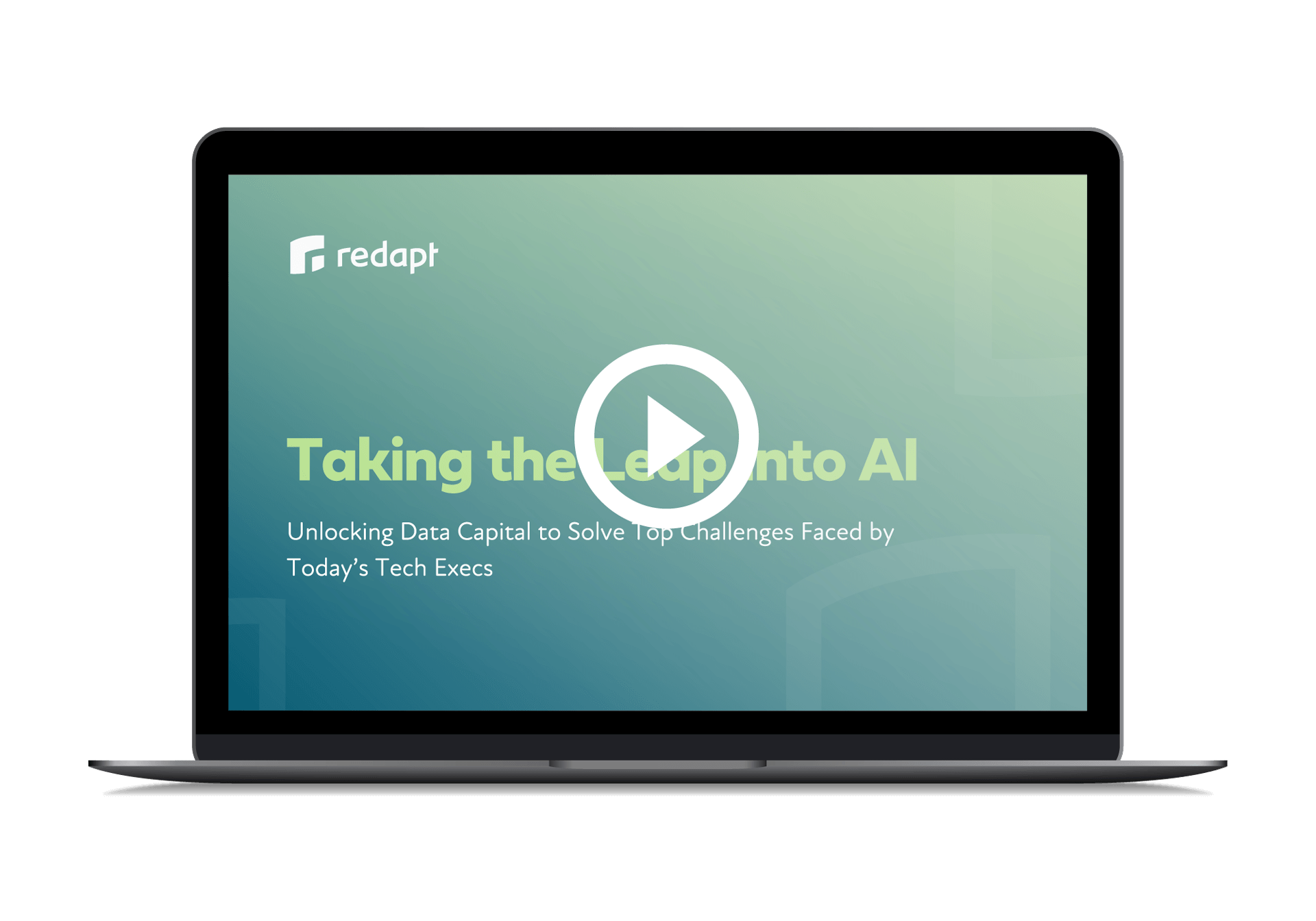Data is an asset, just like corporate employees or organizational tools. As with any asset, data has an inherent value—but technology and talent must be applied for the organization to realize the value contained within the asset.
Let’s dive into why data capital matters and how you can leverage it to achieve business growth.
What is data capital?
The term data capital refers to organizational data that is available to be used toward an end goal, such as increasing profits or maximizing efficiency.
Data capital can take countless forms, including:
 1 Financial data
1 Financial data
Financial reports show business expenses, accounts receivable, profits and loss, and other data, which can be thought of as data capital when used to enhance profitability.
 2 Medical data
2 Medical data
Medical data is difficult to use effectively due to the complexity and length of medical records; however, companies that harvest medical data for campaign planning and outreach can reduce expenses and create healthier populations.
 3 Demographic data
3 Demographic data
Mining demographic data to discern customer preferences, trends, and activities, enables companies to boost customer loyalty and satisfaction to reap profits.
The role AI plays in transforming data capital to economic capital
Enterprise data used to be simple. Number of units sold, regions where sales were higher, cost of production compared to revenue, etc.
These days, though, data is more complicated—not just in what data is available to organizations, but also the sheer amount of it. The proliferation of connected devices has created an explosion in unstructured data, and smart organizations are putting all this new information to work.
These organizations are unlocking their data capital. And more importantly, they’re turning that data capital into actual capital. How? Through advanced analytics—specifically, AI and ML.
The great incubators
Data at rest is just a sea of ones and zeros with no real purpose. It just takes up space.
While most organizations have invested heavily in hardware and platforms to create that space, they have yet to figure out an actual use for a lot of the data they’re collecting.
Apply ML models to this resource, however, and over time your unused data starts to reveal new and unexpected insights.
Previously invisible correlations between data sets can be unearthed, and many of these correlations can lead to new products, greater efficiencies, and new opportunities for revenue streams.
Machine learning also help organizations achieve two goals that often separate companies that thrive from those that fail: better customer service and the ability to make smarter decisions quickly.

Examples of AI and ML at work
Despite being relatively young technologies, AI and ML are already being put to work by organizations across industries.
For example:
- AI chatbots are being deployed for customer service, providing organizations with a way to answer customer questions and address problems without the need for always available support
- ML powered by sophisticated algorithms is able to examine massive amounts of data in order to identify and flag potential instances of suspicious activity, such as attempted purchases made with stolen credit card numbers
- Retailers can use AI to connect customers to new products and services they may be interested in based on their previous purchases, search history, or customer product ratings
Even just having the capability to apply AI and ML can lead to new opportunities.
Nike, for instance, was able to develop a suite of mobile apps for customers to track things like their golf scores or the number of miles they run.
These apps not only inspired brand loyalty, but their use by customers also created new streams of data the company could use to guide their equipment and apparel lines.
Challenges leveraging data capital
MIT Sloan School of Management professor Andrew Lo explains that data is the single, biggest asset most companies have—and few capitalize on it effectively.
Challenges preventing organizations from effectively harnessing data capital to achieve desired outcomes fall into two categories: technological and political.
Many organizations face political challenges from key stakeholders that perceive data as a liability or expense, instead of a valuable asset. Those individuals don't yet understand the potential power within the data, they just see the data as a negative or neutral element, something the enterprise has to have—often at great storage cost.

Overcoming political challenges starts with education and awareness around the potential of data to transform operations. When data skeptics understand the role data can play, they become believers and are ready to act on data capital, not block progress.
Data is only as useful as its storage, accessibility, and quality.
Data that's in disarray, in an outmoded format, filled with duplications, or otherwise unusable is of no use to the organization until it can be transformed into a data lake—a free-flowing information pathway that's searchable, navigable, and useful.
In trying to make use of every bit of data captured and cataloged, some companies invest in specialty tools for mining each type of data.
Over the lifetime of an organization, this leads to tool sprawl. The cluttered toolkit of data analysis software then becomes off-putting to the majority of employees. These organizations may have good intentions, but they've made effective data analysis exponentially more challenging by over-investing in data analysis resources, often at great expense.
Understanding the importance of data capital is the first step to improving performance through data-driven decisions. Coupled with artificial intelligence for strong business intelligence, data capital can help organizations analyze, innovate, and lead with confidence.
Contact our team of experts to learn more about leveraging your data capital to gain clarity and solve problems. Here's a great example of how Redapt helped a healthcare provider utilize data to prevent fraud.
Categories
- Cloud Migration and Adoption
- Enterprise IT and Infrastructure
- Artificial Intelligence and Machine Learning
- Data Management and Analytics
- DevOps and Automation
- Cybersecurity and Compliance
- Application Modernization and Optimization
- Featured
- Managed Services & Cloud Cost Optimization
- News
- Workplace Modernization
- Tech We Like
- AWS
- Social Good News
- Cost Optimization
- Hybrid Cloud Strategy
- NVIDIA
- Application Development
- GPU









